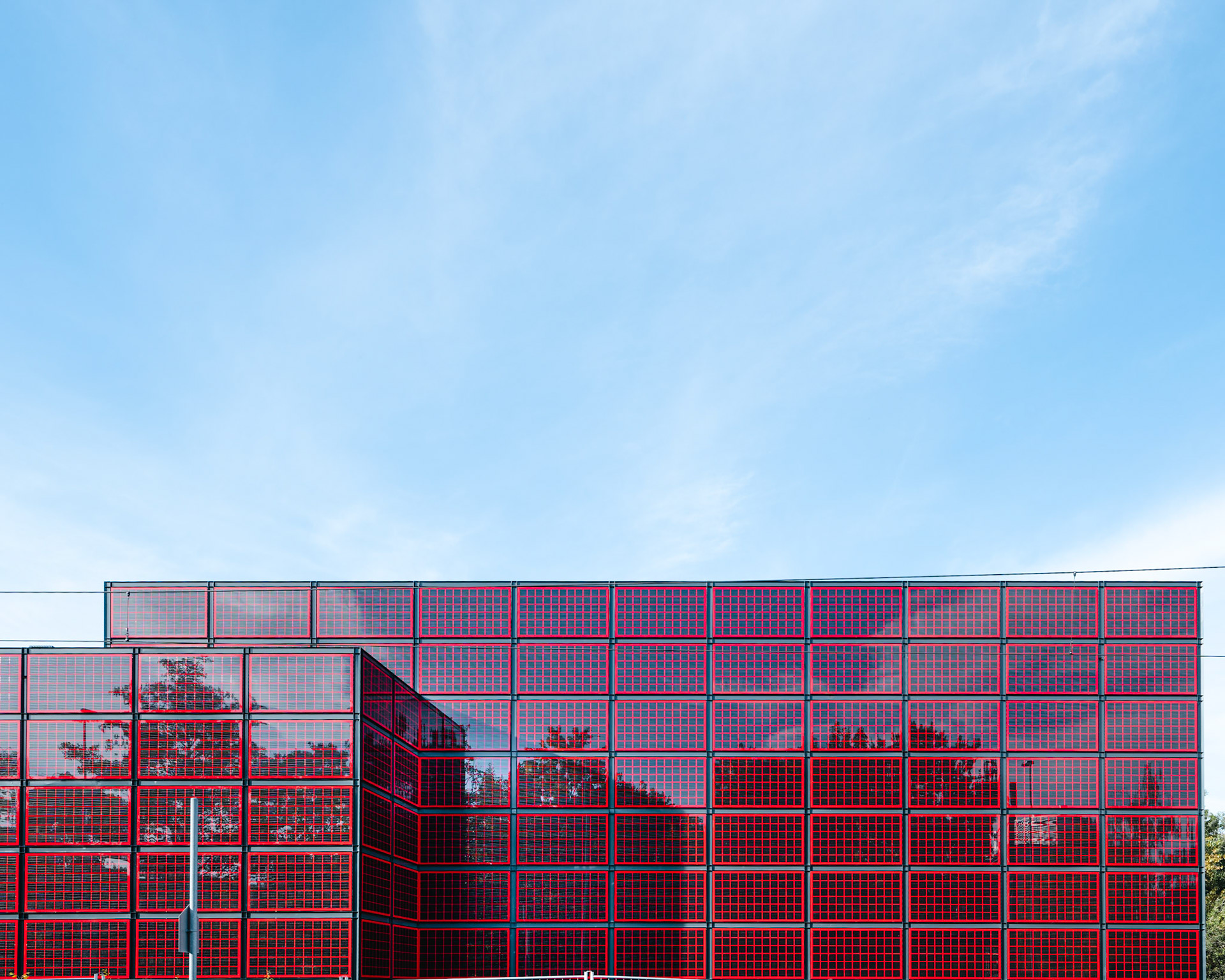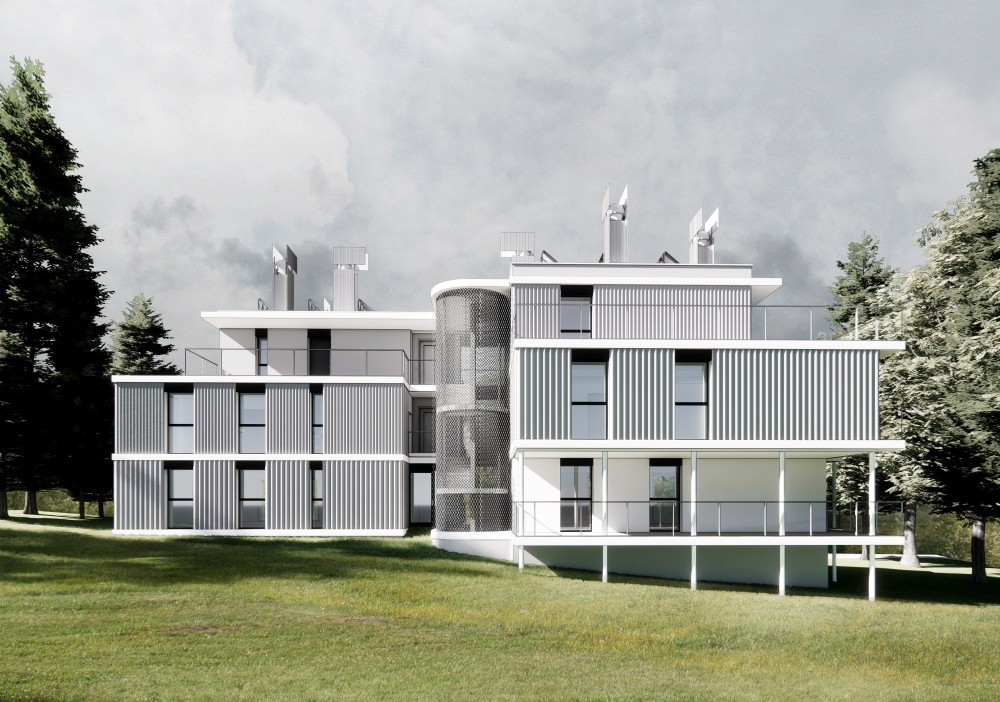Ventilation by convention is based on the physical principles of convection, which occurs when warm air naturally rises while cold air sinks. This process is generally induced by the temperature difference between the interior and exterior of the home.

If we break this principle down, we obtain the following sequence:
Temperature difference
When the sun or the heating system provides heat, the indoor air becomes warmer than the outdoor air. This temperature difference creates a thermal gradient.
Air inlets and outlets
For natural convection to work, buildings must be provided with appropriate openings for air inlets and outlets. The upper openings which can take the form of windows, roof windows or chimneys serve as hot air outlets, while the lower openings – lower windows or facade dampers – act as fresh air inlets.
Airflow
Warm air naturally rises to the top and is expelled through the upper openings, while cool air enters through the lower openings. This circulation creates a constant flow of fresh air inside the building. It is possible that in certain seasons, when the indoor and outdoor air are at the same temperature, convection is not sufficient to meet the need for air renewal. To temporarily resolve this situation, it is possible to install additional mechanical fans at the air outlets.
Ventilation by natural convection has numerous advantages:
Energy saving and sustainability
Ventilation by natural convection requires no electrical energy consumption, unlike many mechanical ventilation systems. This helps reduce the home's energy bill. Furthermore, by reducing dependence on mechanical systems, ventilation by convection contributes to the environmental sustainability of the home by reducing its carbon footprint.
Simplicity and resilience
Natural convection systems are simple to design and maintain, making them suitable for a wide variety of types of building, including older buildings. In addition, in the event of a power outage, ventilation by natural convection continues to operate, guaranteeing a supply of fresh air in the home.

Natural ventilation is a principle that man has known since the beginning of time. Until recently and often unintentionally, the ventilation of buildings was achieved through multiple leaks in the sealing of windows, doors, living room chimneys and roofs. Without being optimal, these leaks nevertheless ventilated the building.
There are also many historic buildings in which the architects had perfectly integrated this idea.

Recent research into energy savings is now encouraging us to make buildings as airtight as possible and we are therefore increasingly resorting to mechanical ventilation systems to allow the renewal of the air, which is essential for the occupants.
Today, for example, it is mandatory to plan the installation of a controlled ventilation system to obtain the Minergie label, although it is technically possible to ensure ventilation that complies with current standards without using a mechanical ventilation system with heat recovery.
We were able to demonstrate on one of our latest rental building construction projects that the efficiency of natural ventilation without heat recovery was higher than that of CMV with heat recovery. Indeed, once the building includes multiple apartments, the quantity and length of ducts become such that the energy required for the operation of the system exceeds the energy recovered in thermal form. It goes without saying that the gain in terms of maintenance and installation costs is also substantial.



